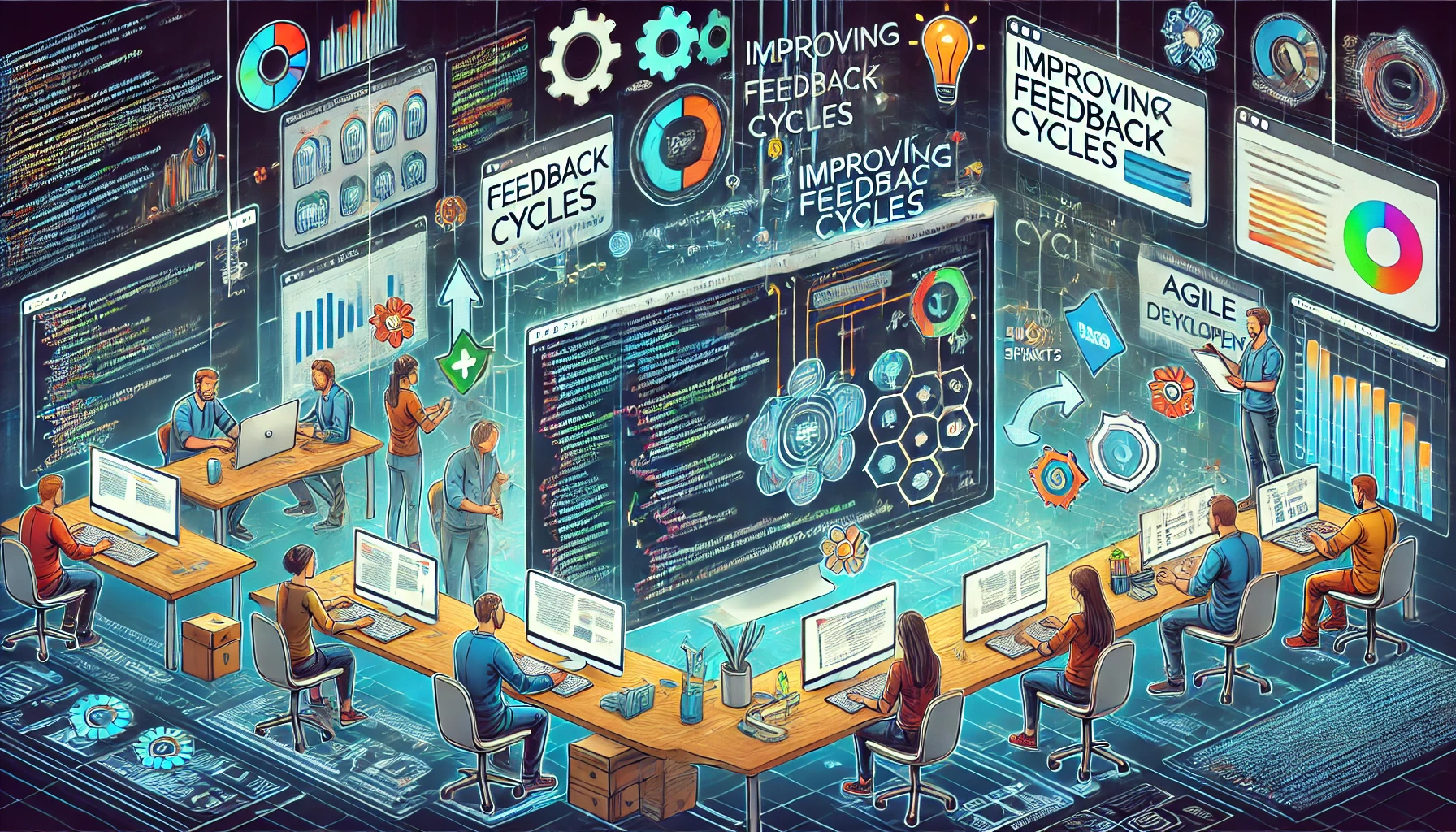
Agile development thrives on quick, iterative feedback cycles. Teams aim to release incremental updates, gather insights, and implement changes without delays. However, ensuring effective communication during these cycles can be challenging, especially when managing complex projects or distributed teams. Advanced markup tools have emerged as a solution, simplifying feedback collection, improving collaboration, and streamlining workflows.
How Markup Tools Support Agile Feedback Cycles
A markup tool provides teams with an intuitive way to annotate, comment, and share input on project elements, such as wireframes, code snippets, or documentation. Unlike traditional methods of feedback collection, which often involve lengthy email chains or static documents, markup tools centralize communication, ensuring every stakeholder can easily track changes and updates.
These tools also reduce the time spent interpreting feedback. For example, rather than relying on vague instructions or verbal descriptions, a markup tool allows users to highlight specific sections of a design or codebase, add precise comments, and suggest edits in real-time. This clarity is vital in Agile, where time is of the essence, and rapid iterations are the norm.
Challenges in Agile Feedback Cycles Without Markup Tools
Agile feedback cycles often falter when communication and collaboration are inefficient. Here are some common challenges teams face without the support of advanced markup tools:
- Fragmented Feedback
Feedback is often scattered across various channels like emails, instant messaging apps, or shared documents. This fragmentation leads to missed comments and redundant discussions. - Delays in Implementation
Without a centralized platform to collect and prioritize feedback, teams may spend excessive time consolidating input, delaying the development process. - Misinterpretation of Feedback
Vague or unclear feedback can result in misaligned expectations and wasted effort. For example, a developer might implement changes incorrectly if a comment lacks specificity. - Difficulty in Tracking Revisions
Agile development relies on continuous improvement, but without a system to document and track changes, it’s challenging to maintain a clear history of updates. - Limited Collaboration Across Teams
Agile teams often involve developers, designers, and product managers. Without a shared tool, cross-functional collaboration becomes inefficient and prone to miscommunication.
How Advanced Markup Tools Enhance Agile Processes
Integrating advanced markup tools into Agile workflows addresses these challenges and accelerates development cycles. Here’s how they make a difference:
- Centralized Feedback
Markup tools create a single hub for collecting and managing feedback. All comments, annotations, and suggestions are stored in one place, ensuring no input is lost. - Real-Time Collaboration
Agile teams work best when collaboration happens in real time. Markup tools allow multiple stakeholders to view, comment, and suggest changes simultaneously, reducing bottlenecks in communication. - Clear and Actionable Comments
Features like visual annotations and inline comments ensure that feedback is easy to understand. For instance, a designer can highlight a specific button in a wireframe and note why its placement needs adjustment, eliminating ambiguity. - Version Control and Change Tracking
Markup tools often include version control features, allowing teams to document changes and view the evolution of a project over time. This transparency is crucial for Agile’s iterative approach. - Integration with Agile Tools
Many markup tools integrate seamlessly with Agile project management platforms like Jira, Trello, or Asana. This integration ensures that feedback translates directly into actionable tasks, keeping the development cycle organized. - Improved Communication Across Distributed Teams
For remote or globally dispersed teams, markup tools act as a virtual workspace. Team members can collaborate effectively without being limited by time zones or physical location.
Best Practices for Using Markup Tools in Agile
To maximize the benefits of markup tools in Agile development, consider the following practices:
- Set Clear Guidelines for Feedback
Define how and when feedback should be provided. For example, establish deadlines for reviewing designs or code to keep iterations on schedule. - Encourage Collaborative Reviews
Involve all relevant stakeholders—developers, designers, testers, and product managers—in the feedback process. Collaborative reviews ensure diverse perspectives are considered. - Prioritize Feedback
Use the markup tool’s tagging or categorization features to prioritize feedback based on its impact. This ensures that critical issues are addressed first. - Regularly Review and Adapt Workflows
Agile is all about adaptability. Regularly evaluate how your team uses the markup tool and adjust your workflows to improve efficiency. - Train Team Members
Familiarize your team with the markup tool’s features. A well-trained team can fully leverage the tool’s capabilities, resulting in smoother feedback cycles.
Real-World Impact of Markup Tools in Agile
Consider a scenario where a development team is working on a new app interface. Using a markup tool, the designer shares the initial mockups with developers and the product manager. Within hours, feedback is consolidated: the product manager highlights a button that needs repositioning, while a developer flags a potential issue with the alignment of text fields. All comments are addressed and updated in real-time, ensuring the next iteration is ready for review the same day.
This seamless cycle reduces delays, fosters collaboration, and ensures the project stays aligned with stakeholder expectations—a perfect example of Agile in action.
Conclusion
Advanced markup tools are transforming how Agile teams handle feedback cycles, offering a streamlined, efficient, and collaborative approach to managing input. By centralizing feedback, facilitating real-time collaboration, and ensuring clear communication, a markup tool empowers teams to iterate faster and deliver better results.
In the fast-paced world of Agile development, where time and precision are critical, markup tools provide the structure and clarity teams need to succeed. By integrating these tools into your workflow, you’ll not only enhance feedback cycles but also create a more cohesive, productive environment for your team.





